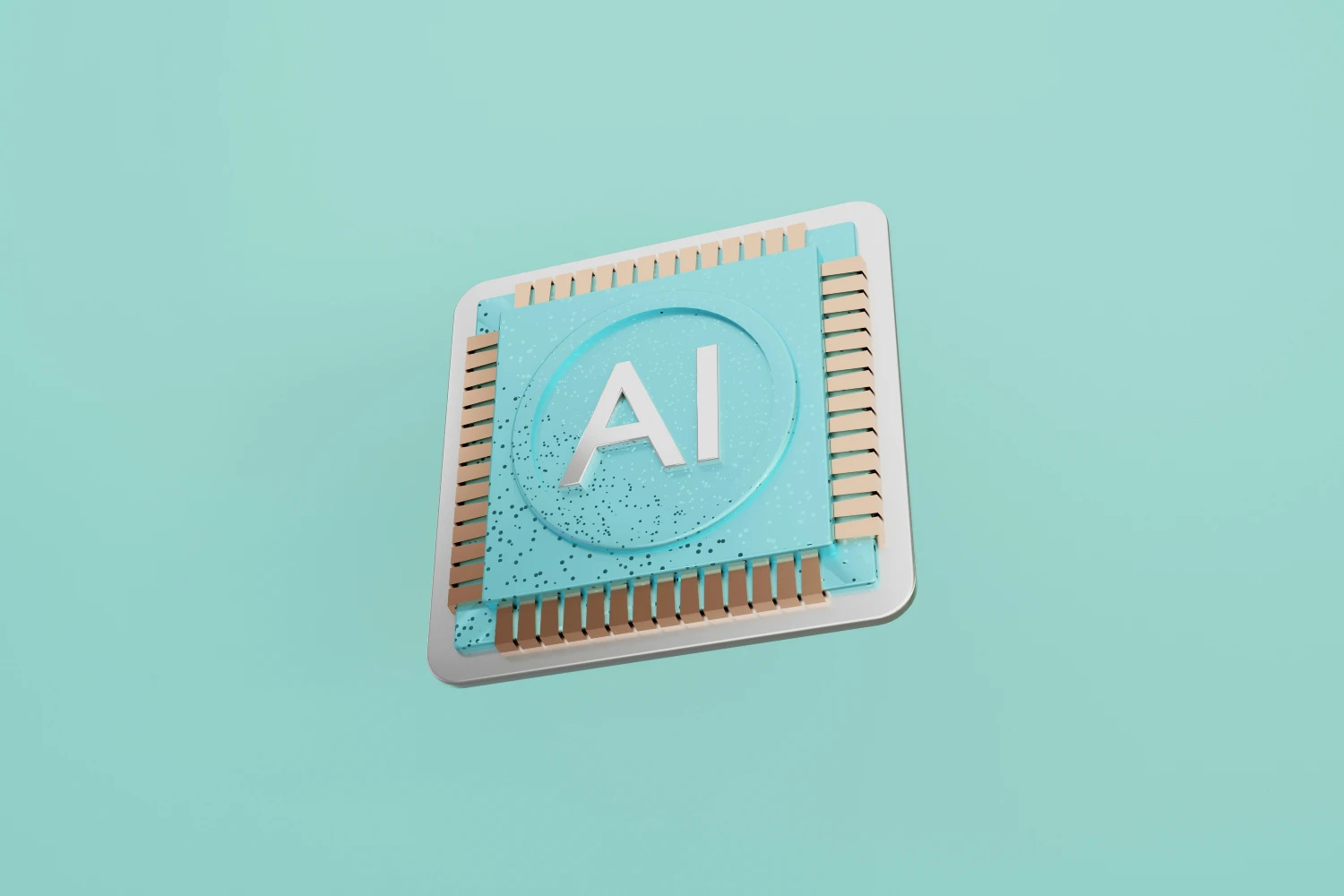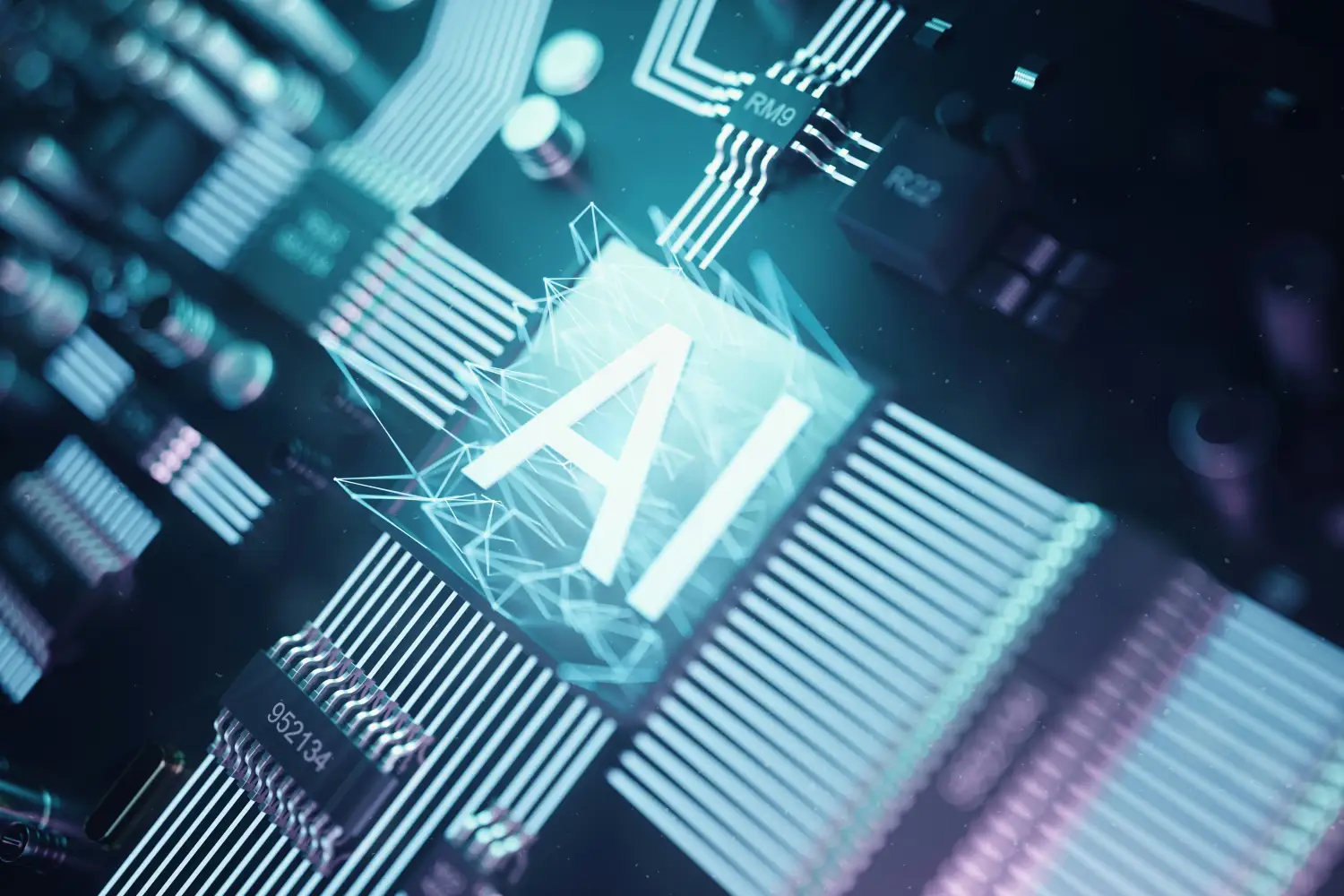For most growing companies, success brings complexity. More tools, more data, and more manual coordination. AI automation offers a way out, not by replacing people, but by removing repetitive work that drains time and focus.
Once limited to big corporations with IT departments, AI-driven automation has become accessible to SMEs through platforms like n8n, Make, and Zapier, and through business-ready AI models that interpret data and make decisions.
At Kleritt, as an Ai automation agency, we help teams build clarity through automation: linking systems, cleaning data, and designing processes that run smoothly across departments. This guide gives you a practical roadmap to understand what AI automation means, when to use it, and how to make it work for your business.
What Is AI Automation?
AI automation combines two capabilities:
- Automation: the execution of predefined actions across systems (sending emails, updating databases, generating reports).
- Artificial Intelligence: the ability to analyse, interpret, and decide what to do next based on context.
When merged, they form systems that can perform tasks with minimal human intervention, reading, reasoning, and acting to achieve a defined outcome.
According to McKinsey, applied AI could deliver up to $4.4 trillion in annual productivity gains across industries.
For SMEs, the goal is not to build robots that replace people. It’s to create workflows that free teams from low-value work, reduce errors, and make information flow seamlessly.
How AI Automation Works
AI automation follows a simple, repeatable process:
- Capture data: systems collect information from tools, emails, forms, or databases.
- Analyse and decide: AI interprets data, detects patterns, and determines what action to take.
- Execute actions: automation tools perform the task (update, notify, generate report).
- Learn and improve: advanced setups track results and adjust behaviour over time.
Unlike traditional workflows that stop at predefined triggers, AI-powered systems can adapt. For example, instead of sending the same follow-up to every lead, an AI automation might analyse tone or engagement history and send a tailored response.
Kleritt implements this logic across CRM, marketing, operations, and reporting systems, bringing consistent structure to processes that once relied on manual input. You can read more about how AI automation works in our blog.
Why AI Automation Matters for SMEs
1. Competing With Limited Resources
SMEs often lack large teams or specialised departments. AI automation bridges that gap by handling repetitive work, data entry, reporting, or routine communication, allowing people to focus on strategy and customers.
2. Improving Accuracy and Consistency
Manual work leads to inconsistencies. Automated workflows ensure the same standards are applied every time. This is especially valuable in quality control, compliance, and documentation.
3. Scaling Without Adding Headcount
As your business grows, automation scales with it. Tasks that once required several employees can now be handled by connected systems running 24/7.
4. Creating Clarity Across Tools
Most SMEs use multiple platforms that don’t talk to each other. Automation integrates them, reducing confusion, duplicate entries, and lost information.
5. Enabling Smarter Decision-Making
AI doesn’t just act; it learns. By analysing data continuously, automated systems reveal insights about performance and opportunities, helping managers make faster, data-driven decisions. Read more about why Ai automation is becoming essential for businesses in our blog.
Common Use Cases for AI Automation
- Customer Communication: Automatically route messages, answer FAQs, and alert sales teams when personal attention is needed.
- Reporting and Insights: Generate real-time dashboards by pulling data from multiple systems.
- Operations and Supply Chain: Sync inventory, update suppliers, and manage alerts for delays or shortages.
- Finance and Administration: Reconcile payments, issue invoices, and track budgets automatically.
- Human Resources: Onboard new hires, collect feedback, and schedule reviews without manual follow-up.
These examples all share a theme: they reduce time spent on coordination while increasing data clarity.
When to Start Automating
The best time to begin is when processes feel manual, repetitive, or error-prone. Ask yourself:
- Are we copying the same data between tools?
- Are updates delayed because of human bottlenecks?
- Do we spend more time managing information than using it?
If the answer is yes, automation is likely worth the investment. At Kleritt, we recommend starting with one or two high-impact workflows, proving value quickly before expanding.
Challenges and Misconceptions
“Automation is only for big companies.”
Not anymore. Modern tools make automation affordable for any business with structured processes.
“AI will replace our staff.”
In practice, it supports them. It removes repetitive work so employees can focus on decision-making, relationships, and innovation.
“Automation is too complex.”
With the right partner, it isn’t. Kleritt designs automation in no-code and low-code environments, ensuring your team can understand and maintain it.
How Kleritt Helps SMEs Automate With Clarity
Our framework focuses on practical results and long-term ownership:
- Discovery: we analyse your workflows to find automation opportunities.
- Design: we define measurable goals (hours saved, accuracy improved, clarity gained).
- Build: we connect your tools using platforms like n8n, Make, or custom APIs.
- Test: we pilot, adjust, and ensure every automation runs reliably.
- Train & Scale: we document the system so your team stays in control as automation grows.
Kleritt’s goal is always clarity, turning scattered processes into simple, connected systems that anyone on your team can understand.
The Future of AI Automation for SMEs
The next wave of automation will blend traditional workflow tools with intelligent agents capable of reasoning and collaboration.
McKinsey refers to this as the rise of agentic systems, digital co-workers that manage operations proactively.
For SMEs, this future means:
- Affordable AI systems that handle complex workflows once reserved for enterprise tools.
- Greater transparency and data reliability.
- Teams focusing on strategy, creativity, and relationships while automation handles execution.
Businesses that start building automation foundations now will be ready to integrate these intelligent systems when they mature, staying ahead of slower competitors.






